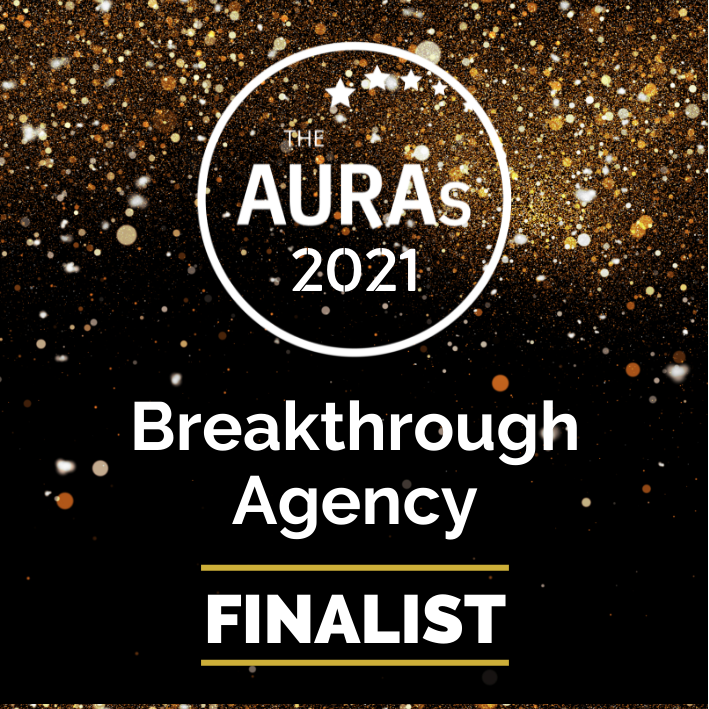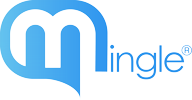
There is an area that is quickly gaining significant attention and growing interest in academia and commerce – CURIOSITY. We’re delighted and encouraged by this. Curiosity is defined in many ways, some call it an attribute or a need, a desire, a behaviour or a value. It is certainly multi-dimensional which is why is straddles so many different but current activities such as innovation, creativity, mindfulness, well-being, problem solving, business development and customer-centricity. In fact, curiosity has even been attributed as the driving force for human development advancing science, language, industry and commerce.
At Mingle we love the term, ‘applied curiosity’ because it’s exactly what we do. It’s not passive. It’s about taking the time to get out there and listen to your customers. Not relying on market research professionals to ask the questions for you but to roll up your sleeves, ask the questions and have the experiences yourself and see where your curiosity takes you.
It’s a principle that we are founded on and an activity we do regularly. We help clients apply their curiosity that reaps rewards with better knowledge by being closer to their customers. Understanding them better than others. We coach and prepare clients to ask better questions so their curiosity is channelled to deliver results that can then be actioned.
Curious About Curiosity?
We strongly recommend that you speak to curiosity expert Clare Inkster, indeed, drop us a line and we’ll set up a short ‘Curiosity class’ free of charge. When we did it was one of those occasions where there was a clear meeting of minds. Clare coach’s organisations on curiosity and actually measures curiosity levels to demonstrate improvements in the area. Some of her insightful blogs can be read here.
As Clare creates and builds the right conditions and capabilities (the right culture) for curiosity we use Mingle’s 4C’s process to enable that culture to apply their curiosity. The 4C’s is our simple process to be customer-centric by:
- Clarifying – what knowledge are you seeking from customers, what are you curious to know more about? What is your single-minded knowledge objective? What is the best way to ask questions and satisfy that curiosity?
- Connecting – the ultimate applied curiosity experience – get out there and meet your customers! No one way mirrors or moderators – you leading the conversation, limited only by your own curiosity
- Consolidating – there’s great knowledge to be had from this activity so we capture what was experienced, share it with others and see what they also uncovered
- Crystallising – we then distil that learning into distinct knowledge themes so there is tangible, actionable output from spending time with (being curious about) customers
The reason we bang on about curiosity and customer-centricity is simple. It’s good for business. It’s not a ‘nice to do’, it’s critical to your competitive advantage.
Listen to what Deloitte are saying
“Client-centricity – a long overdue and necessary step towards a prosperous new era. Client-centricity is the most important factor…since client-centric companies are 60% more profitable compared to companies not focused on the customer.” Deloitte thought piece
According to an article by Gallup in 2021, employees who think their company is customer-centric are very optimistic about their companies and their future. So, it not only provides rocket fuel for business growth but ensures employee retention and attracts the most talented.
In short, customer-centric companies do better. Curious companies do better.
Get out and Mingle – be better connected.


